The Hachinohe Area is a region in southeast Aomori Prefecture made up of the city of Hachinohe and seven surrounding towns and villages, which were all once part of the domain of the Nanbu clan. A shared cultural history has shaped the area into a warmhearted community filled with amazing and unique experiences just waiting to be discovered. Pristine nature, fantastic food, and thrilling history await any visitor brave enough to travel to Hachinohe: Japan’s Northern Frontier.
Below are snapshots of each of the captivating communities that make up the Hachinohe Area. At the end of each article, you will find a link to pictures of each area that are free to download!
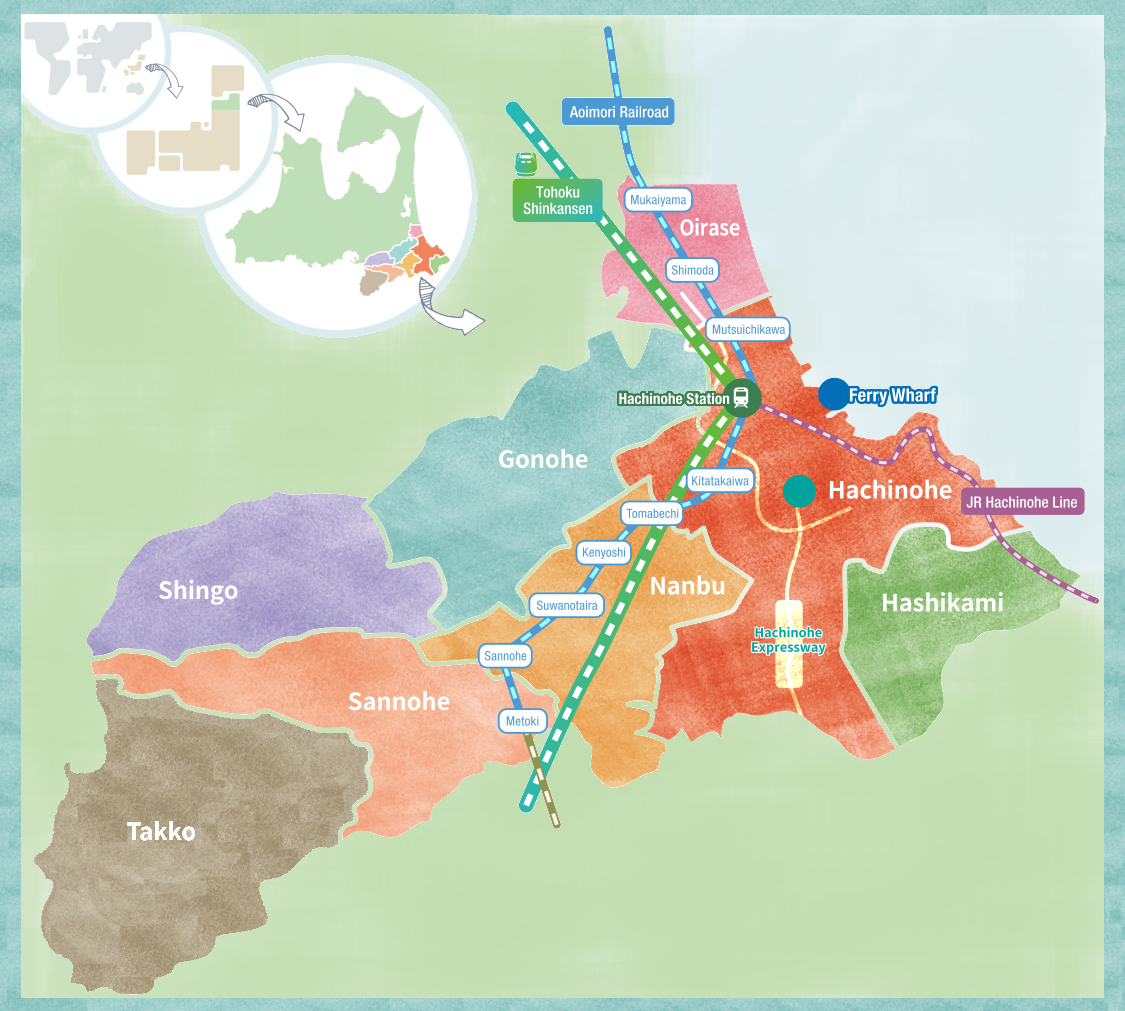
Hachinohe
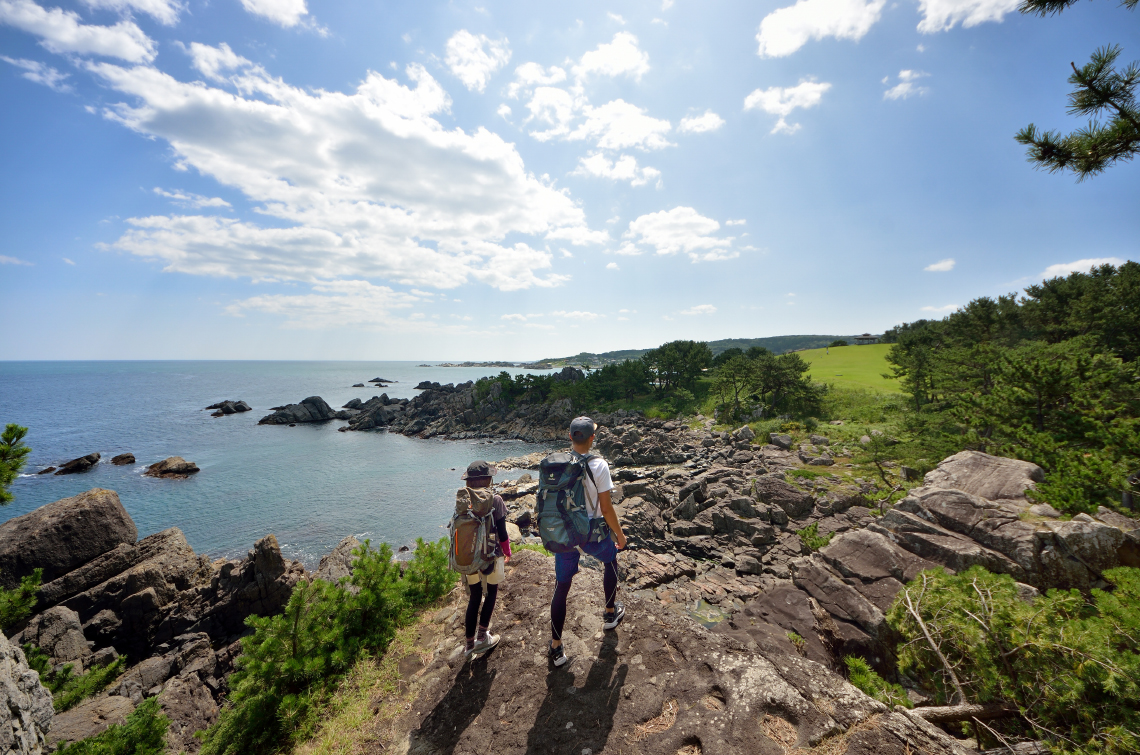
Hachinohe is a sprawling city that faces the Pacific Ocean in southeastern Aomori Prefecture. Since long ago, it has been home to cultural and economic activity as one of the centers of the ancient Nanbu Clan. Today, Hachinohe is considered one of northeastern Japan’s major industrial cities and is known throughout the country for the vast amount of seafood that comes through its port.
Within the city limits is the Tanesashi Coast, famed for its natural beauty and proximity to downtown Hachinohe, which boasts some of the most bustling and outrageous nightlife in Northern Japan. Be it nature, history, industry, or cuisine, there is a treasure trove of hidden secrets waiting to be found in Japan’s Northern Frontier: Hachinohe.
Sannohe
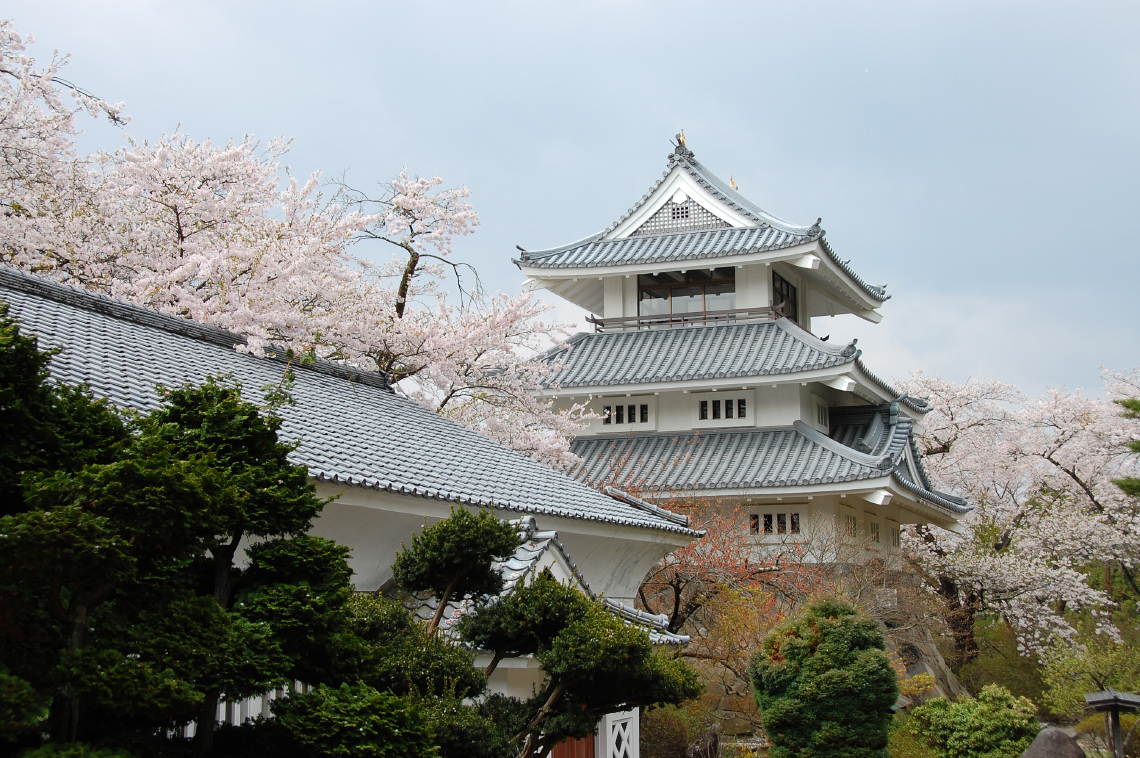
The town of Sannohe sits in the southern corner of Aomori, bordering Iwate Prefecture. The Mabechi and Kumahara rivers meet here, and the area has been continually inhabited since the Jomon period, throughout ancient Japan, until the present day. As such, it is rich in history and home to archeological sites that include the location of the former Sannohe Castle of the Nanbu Clan. The town’s main street was once the major highway that connected the area to Tokyo, and you can feel the history and tradition of years past simply by walking around.
Sannohe is also the hometown of the late beloved children’s book author Noboru Baba, creator of one of Japan’s most well-known children’s books, The Eleven Hungry Cats. The town has celebrated Baba’s legacy by adopting the cats as its mascot and decorating its streets with cartoon cats at every turn.Gonohe
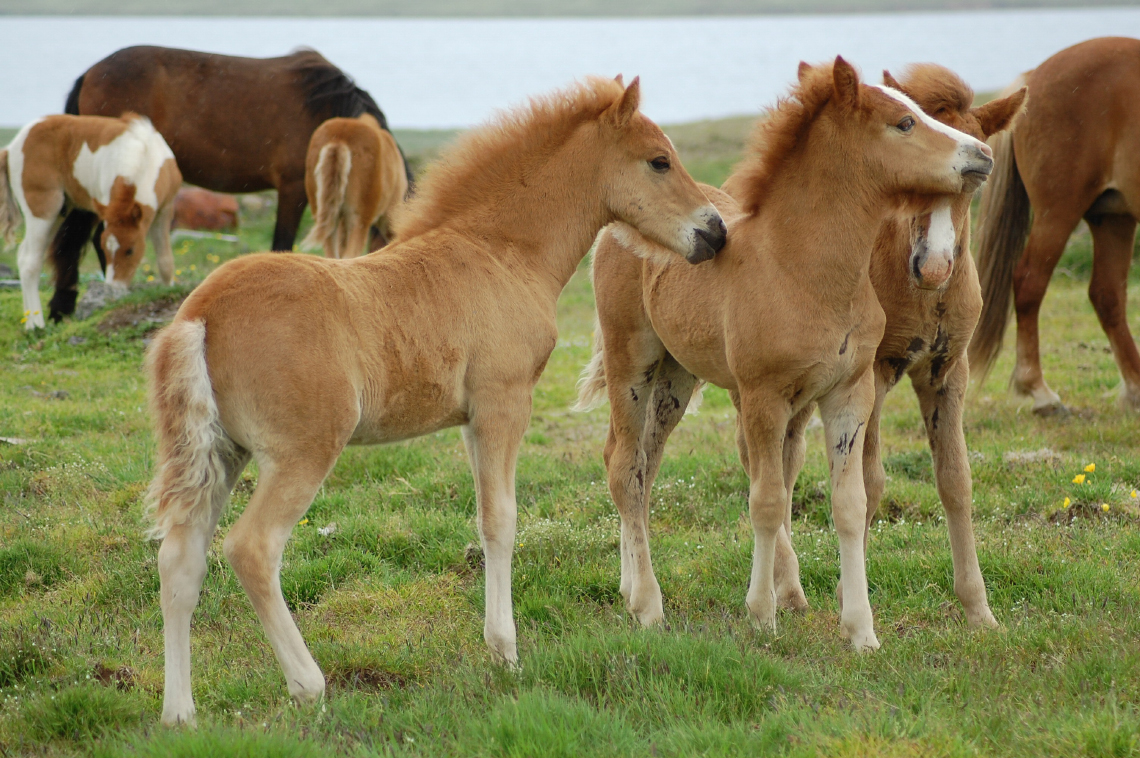
Clean and clear flows the Gonohe River throughout the four seasons and through a town of the same name. The cool springs of this river provide the town’s saké brewers with the main ingredient in their masterpieces. Brewed with this water in the harsh coldness of Aomori’s winters, one sip of Gonohe’s local saké is all it takes to evoke scenes of the pastoral setting in which it was made. Beyond saké, the town of Gonohe has long been an area known for its horse breeding, and as such, is famed for its delicious and healthy horse meat. The meat has such a beautiful marbled color that it is commonly referred to as sakura-niku, or cherry blossom meat.
Gonohe is also home to Kuraishi Beef, reputed to be amongst the best-tasting beef in Japan, perfectly marbled and so high in quality that it practically melts in your mouth.
And if that wasn’t enough, Gonohe is also the proud originator of the Aomori Shamorock breed of chicken. Often boasted as “chicken fit for an emperor,” Aomori Shamorock chicks are the only ones sent to stock the imperial household’s coops, as the meat from this bird is beyond tender, rich in flavor, and of the highest quality.
If to drink in Gonohe is to experience the sublime, then to eat here is to enter paradise. Don’t believe us? Come and see for yourself.
Takko
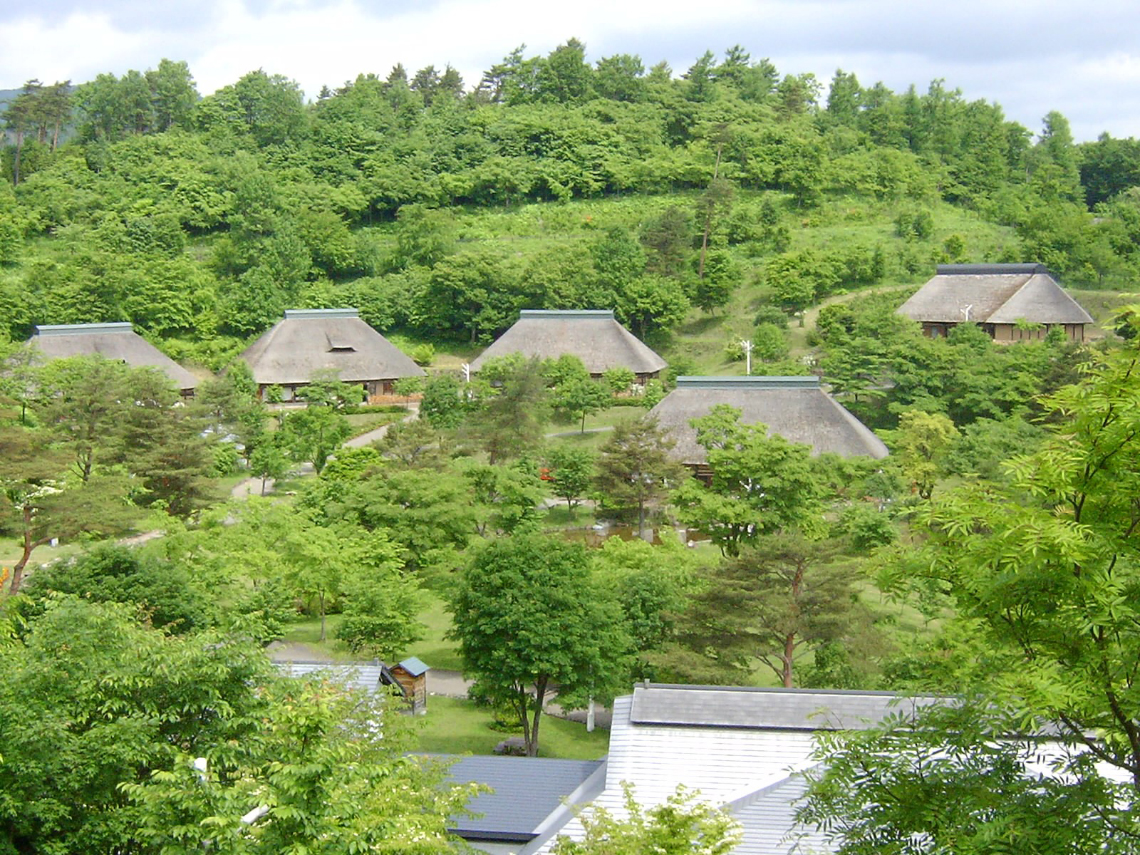
The town of Takko is the southernmost point of Aomori, bordering both Iwate and Akita prefectures. Although the town is well known for agriculture and its local Takko Beef, most people know Takko for its number one export: garlic.
Traveling through Takko, you should first try the town’s famous Takko Garlic Steak & Rice, a mouthwatering culinary experience that brings together Takko’s premium beef and renowned garlic. Next, stop by the town’s Tapukopu Village, composed of century-old farmhouses where you can try your hand at making your very own Nanbu senbei rice crackers. Finally, visit the Miroku Falls, a unique waterfall whose beauty changes with the seasons.
Nanbu
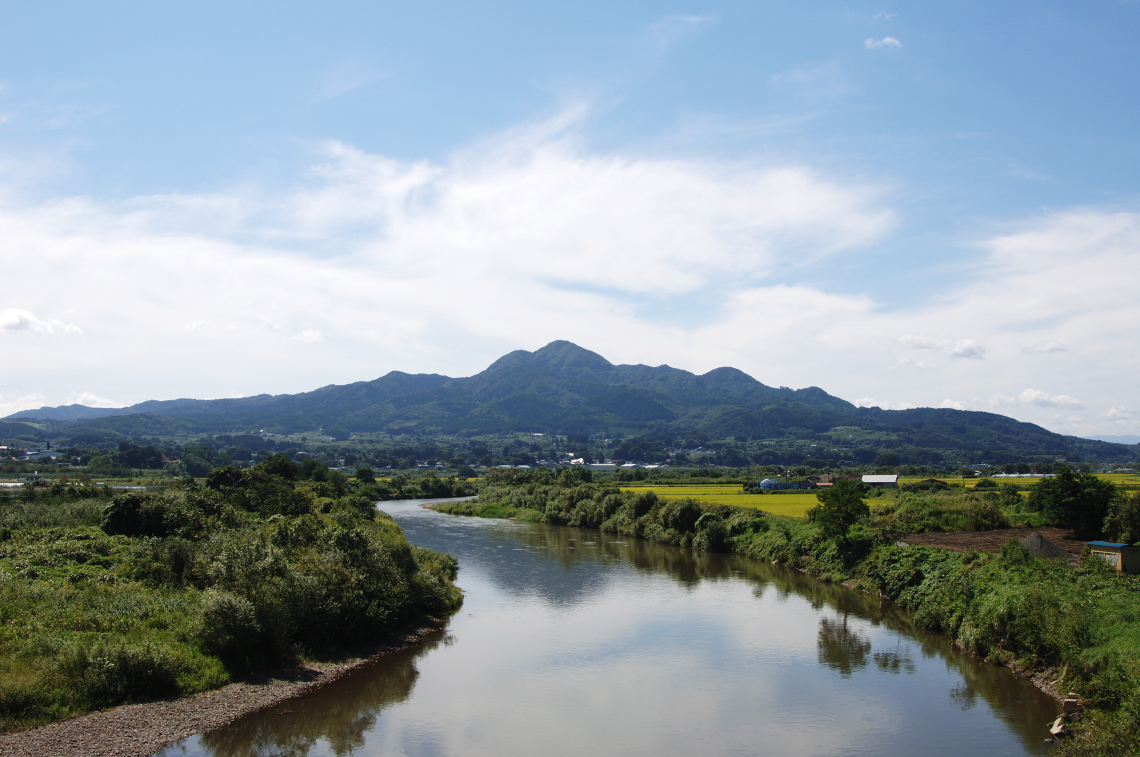
The town of Nanbu spreads out from the foothills of Mt. Nakui to the banks of the Mabechi River. Rice paddies dot the landscape, and lush nature fills every corner. This idyllic country town is known for its abundance of fruit, and it is said that there is always something growing in Nanbu, no matter the season. True to its reputation, visitors can pick some sort of fruit every month of the year, even during winter!
The town is also home to progressive and creative community-building projects. As a pioneer in green tourism, Nanbu has started several initiatives to create positive feedback loops between visitors and the local community that leverage the town’s abundance of natural beauty and agricultural activity as part of its Tassha Mura Project. And after the town passed the Nabe Hotpot Act, every 22nd day of the month is now officially Nabe Hotpot Day. The nabe hotpot is seen as a communal event where everyone cooks, talks, and eats together, and the act is meant to bring friends and families together and promote communication within the community. The town continually strives for more open and positive communication within the community and with the outside world, making Nanbu a wonderful place to visit.
Hashikami
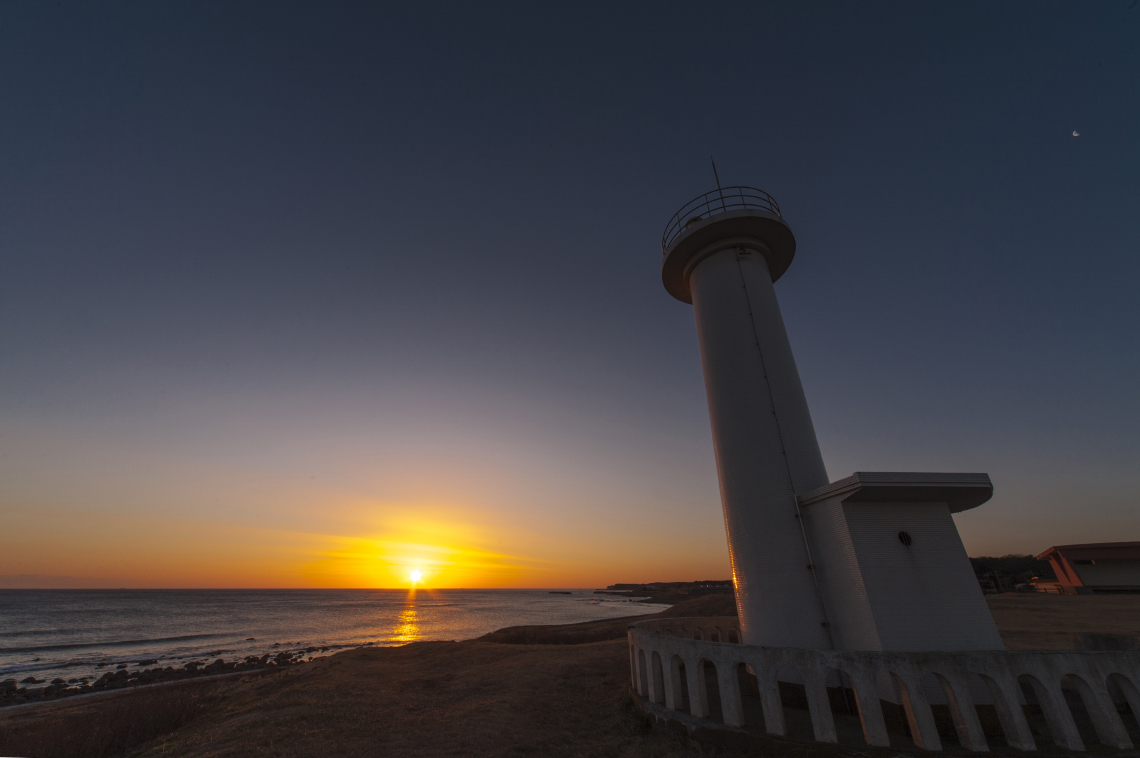
Situated at the southeasternmost point of Aomori, the town of Hashikami is known to be ‘the first to see the sunrise’ in the prefecture. Here you can enjoy majestic scenes of fields, mountains, and sea. Both Mt. Hashikami and the Hashikami Coastline are known for their scenic beauty and are part of the Sanriku Fukko National Park’s Michinoku Shiokaze Trail.
Hashikami is famed for its ichigo-ni, a rich soup made with sea urchins and abalone, and its Hashikami wase soba (buckwheat noodles), both of which can be found at several restaurants throughout town. With rich harvests of seafood and farm-fresh local vegetables, the food in Hashikami is fresh, lively, and delicious.
Shingo
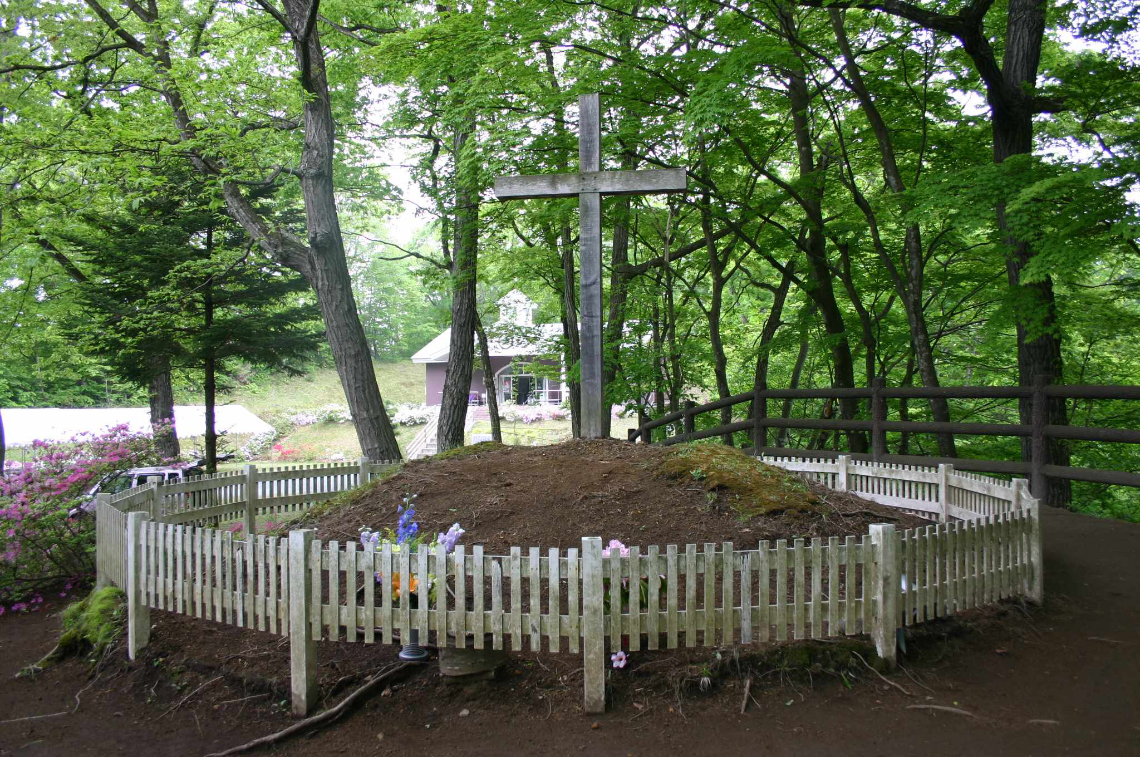
Shingo is a village shrouded in mystery. Home to the purported tomb of Jesus Christ, dances with peculiarly intelligible lyrics, and mysterious stone pyramids deep in the forest, it has become a center for esoteric legends and strange tales. Many people travel to the village for the Christ Festival, held annually on the first Sunday of June to appease the spirit of Jesus.
Outside the mysterious and fantastical, Shingo is also home to pristine nature. From the end of April to the beginning of May, the largest area of Mizubasho flowers in the Tohoku region blooms. Visitors can participate in an array of nature experiences at the popular Maki-no-Tai Green Park. The recreational facility is a bustle of activity during its open season, with space for around 500 campers, along with eight bungalows and 58 RV camping sites.
Oirase
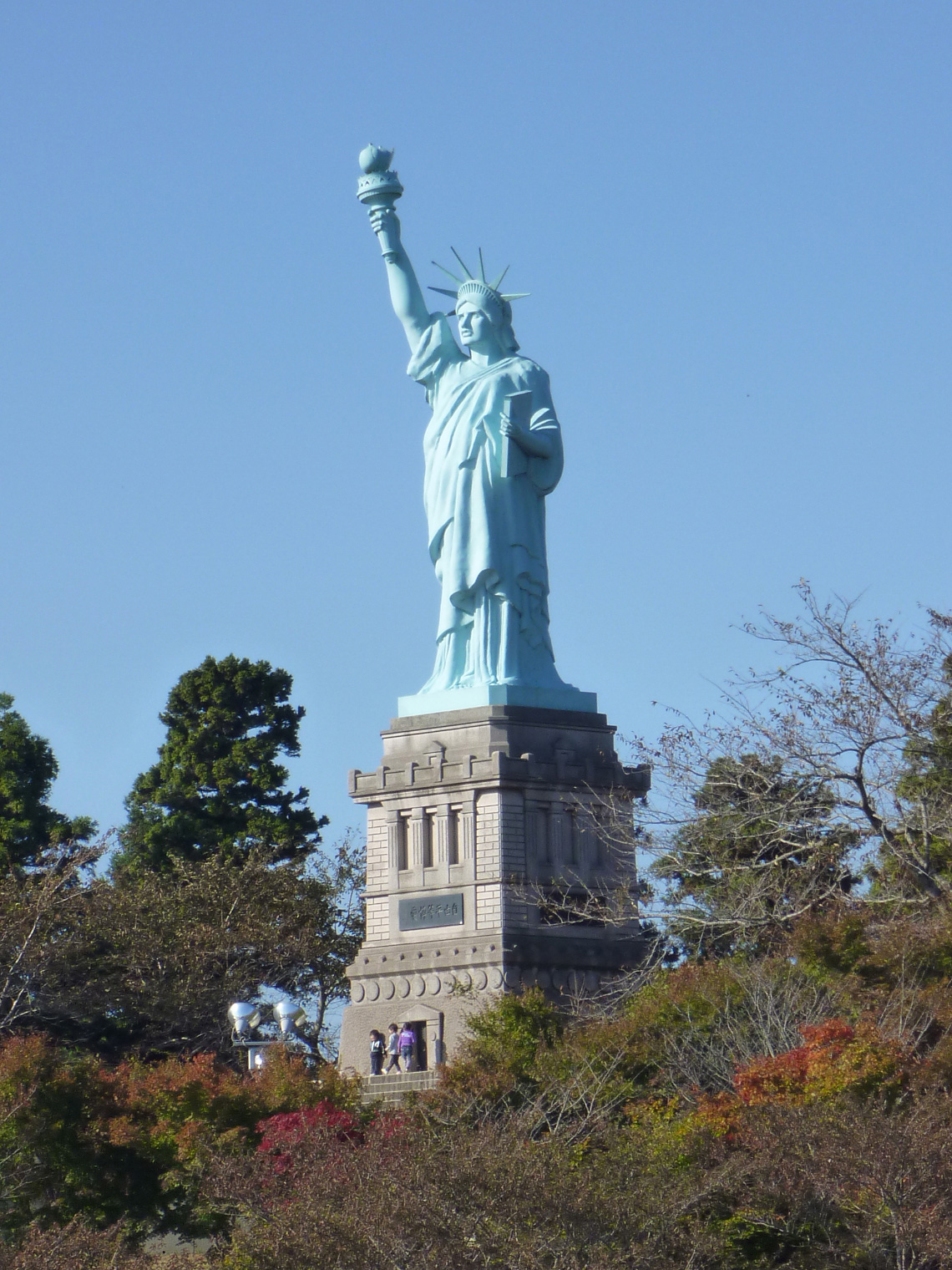
The town of Oirase sits on the coast of the Pacific Ocean, surrounded by the cities of Hachinohe, Towada, and Misawa. Centrally located, Oirase is only 30 minutes away from both the JR Hachinohe Station and Misawa Airport. The cool yamase wind blows during the summer months, keeping the area cool, while Oirase has relatively low snowfall compared to the rest of the prefecture in winter. Along with a growing residential population, these factors make the town a comfortable place to live.
Various events and festivals take place throughout each season of the year. As the seasons change, so do the bountiful produce grown in the town, lending excitement and flavor to the regional and seasonal dishes of Oirase. A visit to Oirase makes for a fun, unique, and unforgettable experience—any time of year.
